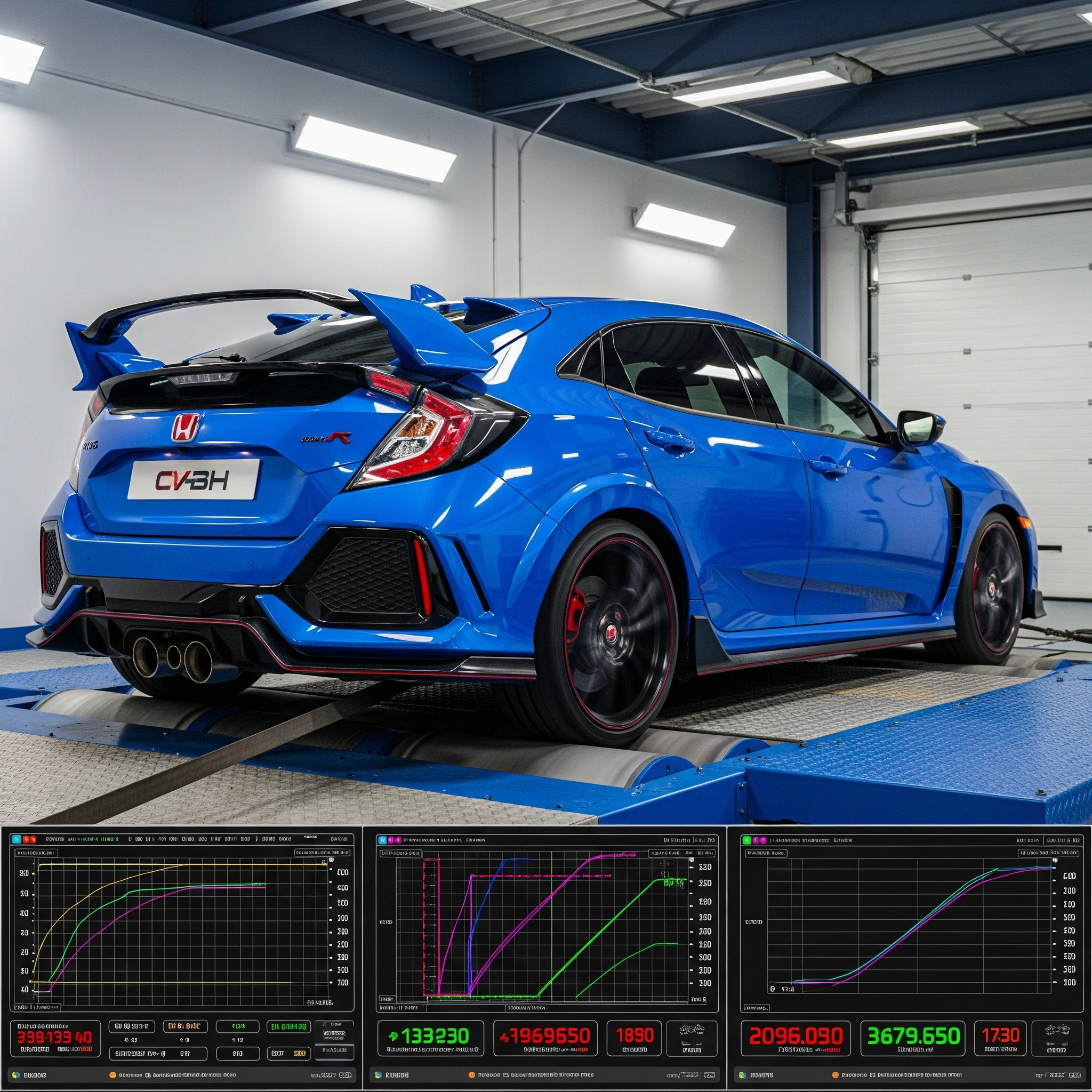frequently, we talk about cars with more horsepower and acceleration. But do we really understand what horsepower is? How does a car with less horsepower differ from one with more? How do we understand this from an engineering standpoint?
Watch this video snippet from our EV Level 1 module to understand how we can approach the concept of power from a layman’s perspective.
What is Power? A Beginner’s Guide to Electrical Power
Understanding the concept of electrical power is fundamental to anyone interested in how modern technology works. Whether you’re a student, an aspiring engineer, or a curious hobbyist, this video breaks down one of the most essential principles in electronics: What is power, and how does it work in electrical systems?
In this beginner-friendly video, we explore electrical power in a clear, visual, and approachable way, making it ideal for those with little or no background in physics or electronics.
🔌 What You’ll Learn
1. What is Power in an Electrical Context?
We begin by defining power as the rate at which energy is transferred or used. In the electrical world, power is measured in watts (W), and it tells us how much energy a device uses or produces over time.
2. The Power Formula: Voltage × Current
A key part of the lesson is the simple yet powerful formula:
Power (P) = Voltage (V) × Current (I)
This relationship is fundamental in understanding how circuits work. We walk you through each term—voltage (the electrical pressure) and current (the flow of electrons)—and explain how together they determine how much power a device consumes.
3. Real-World Examples
To help make things concrete, we use examples from everyday life:
- How much power does a light bulb consume?
- Why does a microwave use more electricity than your phone charger?
- How do power ratings affect your electricity bill?
4. Types of Power: AC vs. DC
We briefly touch on how power behaves differently in alternating current (AC) systems (like your home power supply) compared to direct current (DC) systems (like batteries or solar panels).
5. Why Power Matters
From home appliances to industrial machinery, power tells us not just how something works—but how efficiently it works. Understanding power can help you make smarter decisions about energy use, battery life, and sustainability.
⚡ Why This Video Is Useful
This tutorial is designed for absolute beginners, so we avoid complex math and instead focus on helping you build intuition. If you’ve ever looked at an appliance and wondered what “1500W” means, or if you’ve struggled to understand energy consumption, this is the perfect place to start.
You’ll come away with:
- A working knowledge of how power is calculated
- The ability to interpret wattage and voltage ratings on devices
- A better understanding of how electricity affects cost and performance
🚀 Continue Learning
If you enjoyed this video, we recommend checking out our other beginner tutorials on electricity, circuits, and electronics. You might also like:
- “Electronics for Dummies”
- A deep dive into “The EV Paradigm” to see how electric vehicles use power differently from traditional cars
Power is everywhere—understanding it is the first step to mastering electronics.
Watch the full video, take notes, and feel free to rewatch to solidify the concepts. Whether you’re preparing for a course, working on a DIY project, or just curious, you’re in the right place.


